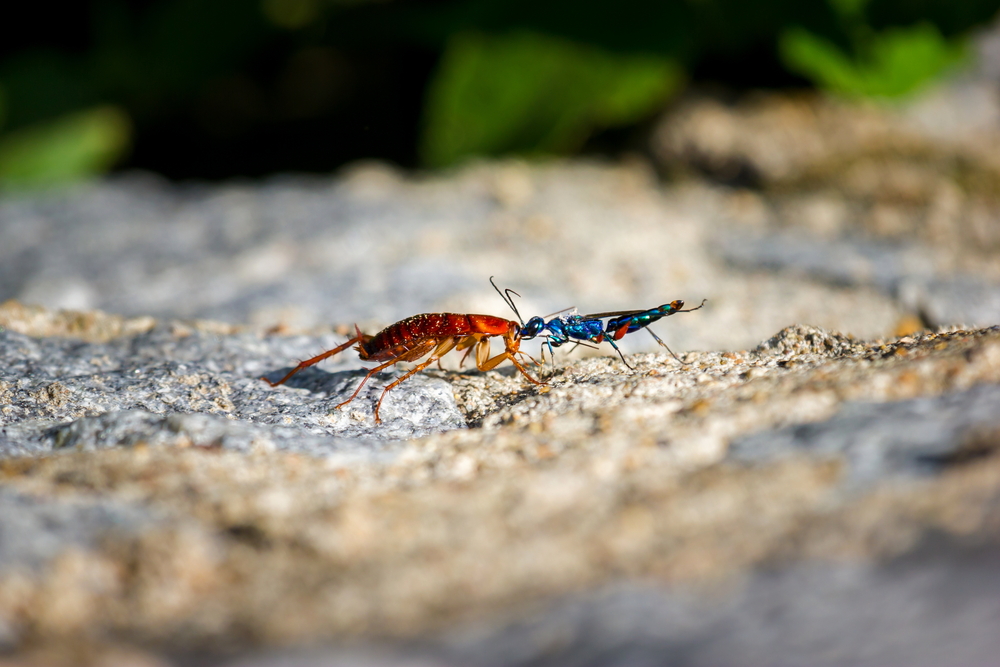Wasp Venom Triggers Parkinson’s-Like Symptoms, Study Reports

The venom of the emerald cockroach wasp is capable of triggering Parkinson’s-like features, particularly problems controlling movement, a California study reports.
Researchers said the findings on the venom’s toxins could lead to a better understanding of the mechanisms underlying Parkinson’s and new therapies.
Their study, “Ampulexins: A New Family of Peptides in Venom of the Emerald Jewel Wasp, Ampulex compressa,” was published in the journal Biochemistry.
The wasp gets its name from the prey it prefers — the American cockroach. When its stings, it injects venom into the cockroach’s brain and upper body, or thorax. The toxins cause a roach to lose part or all of its ability to control its muscles.
This state resembles what happens in Parkinson’s disease. And it is likely caused by the same mechanism— the abnormal functioning or death of nerve cells that produce the neurotransmitter dopamine, researchers said.
“Mechanisms underlying venom-induced hypokinesia [slowed movement] are currently unknown, but evidence implicates dopamine receptor dysfunction as a possible cause,” the team wrote.
A group of researchers led by Michael E. Adams of the University of California at Riverside set out to identify which components of the wasp venom triggered the roach’s movement problems.
Their first step was to milk wasps for their venom. Then they analyzed it using a technique called liquid chromatography followed by mass spectrometry. This allows scientists to identify a substance’s biochemical, organic, and inorganic components.
The analysis dealt with venom toxins known as ampulexins. Researchers discovered a line of the toxins they were unaware of.
To determine the toxins’ role in venom-triggered paralysis, they injected the most abundant venom peptide, called ampulexin-1, into cockroaches.
Before an injection, a cockroach needed on average of 9 volts of electricity to get it moving. After an injection, it took 13 volts. This suggested that the peptides help the wasp immobilize its prey.
In the future, the researchers hope to identify ampulexins’ molecular targets. Another possibility is coming up with a new animal model to study Parkinson’s and test potential therapies.






